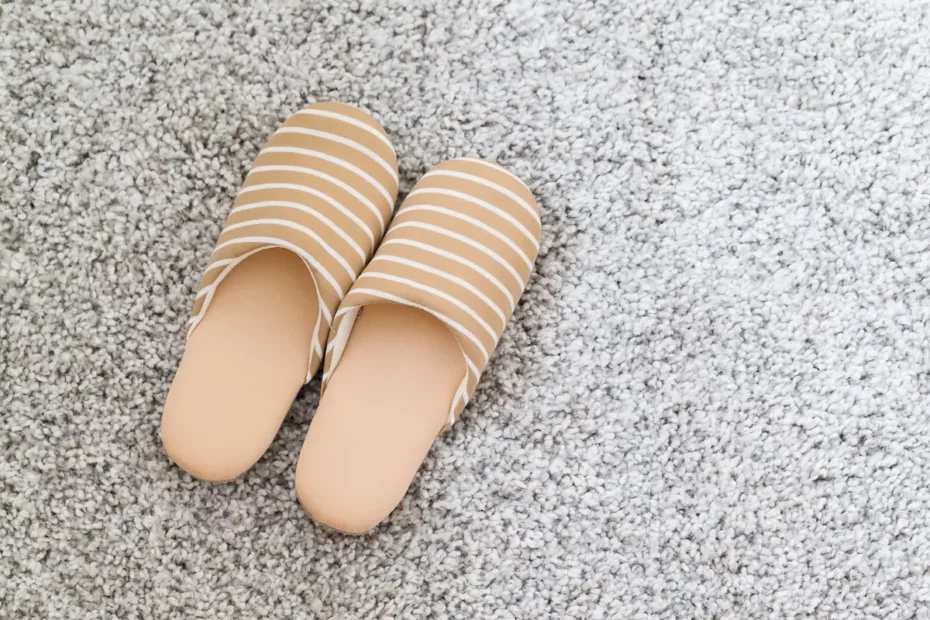Heated carpet, a modern innovation in the world of home heating, offers a unique combination of comfort and efficiency. By integrating heating elements directly beneath the carpet’s surface, it promises gentle, even warmth with every step. But like any technology, it has both advantages and disadvantages. Before making a purchasing decision, it’s essential to weigh up these factors. For those considering other heating options, check out our comparison between carpet heating and traditional underfloor heating.

Advantages of carpet heating
Thermal comfort: Nothing beats the feeling of warmth underfoot, especially during the cold winter months. Heated carpet ensures even heat distribution, eliminating the cold spots often associated with tiled or wooden floors.
Energy efficiency: Unlike traditional heating systems that heat the air, carpet heating targets the floor surface directly. This can translate into savings on electricity bills, as less energy is wasted.
Aesthetics: With no visible radiators or air ducts, carpet heating offers a discreet heating solution. It blends perfectly into any décor, offering warmth without compromising style.
Installation: Although installation requires some expertise, it is generally less invasive than the installation of traditional heating systems.
Disadvantages of this type of carpet
Initial cost: The initial investment for carpet heating may be higher than other options. However, savings on energy bills can offset this cost over the long term.
Maintenance: As with any heating system, regular maintenance is necessary. This may include cleaning heating elements and checking electrical connections.
Durability: Although carpet heating is designed to last, it can be susceptible to wear and tear, especially in high-traffic areas.
Carpet heating is an innovative heating solution that combines comfort and efficiency. While there are some disadvantages, for many, the advantages far outweigh the drawbacks. Before making a decision, it’s essential to consider both the pros and cons, as well as the specific needs of your space.

